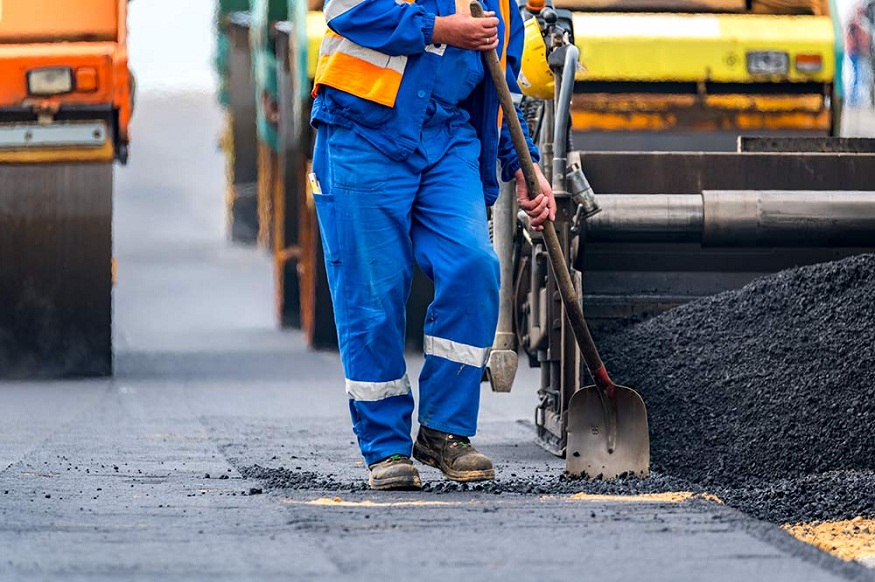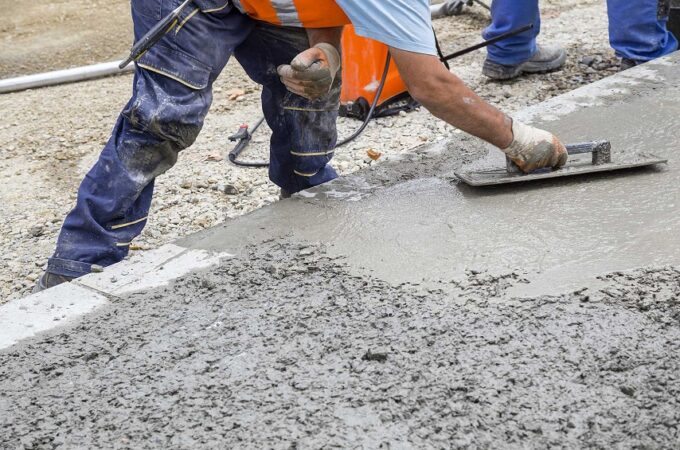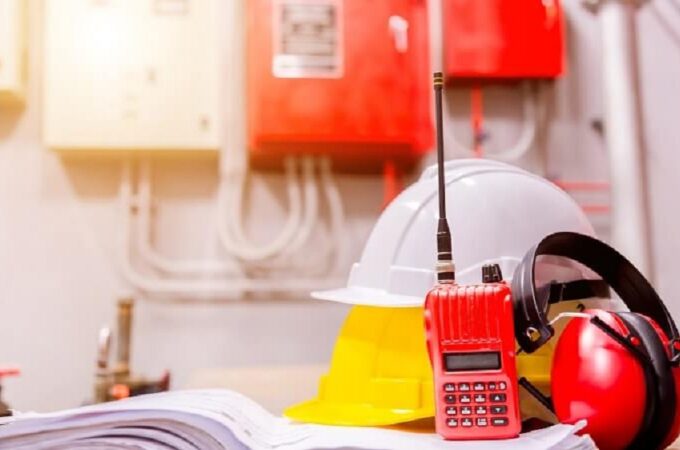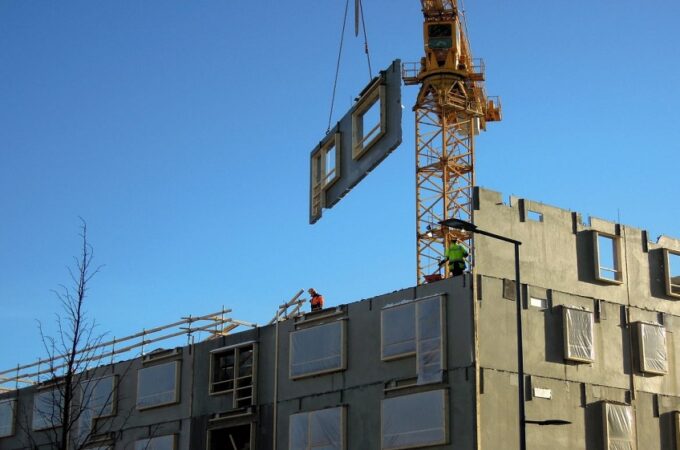
5 Signs It’s Time to Replace Your Asphalt Surface
Asphalt surfaces are a popular choice for driveways, roads, and parking lots across Australia. Known for their durability, affordability, and ease of installation, asphalt can last for many years when properly maintained. However, like all materials, asphalt can deteriorate over time due to wear and tear, environmental factors, and other external influences. If you’ve noticed that your asphalt surface is showing signs of damage, it may be time to consider a replacement.
In this article, we’ll explore five signs that indicate it’s time to replace your asphalt surface. By identifying these issues early, you can avoid further damage and costly repairs down the road.
1. Cracking and Potholes Are Widespread
Why Cracks and Potholes Matter
One of the most obvious signs that your asphalt surface needs replacing is widespread cracking and the formation of potholes. While small cracks can be filled, large cracks or potholes that appear frequently or across a wide area suggest that the surface’s structural integrity has been compromised.
Asphalt is prone to cracking due to factors such as:
- Age and weathering: Over time, exposure to the elements causes the surface to degrade, becoming brittle and more prone to cracking.
- Temperature fluctuations: Extreme temperature changes in Australia can cause the asphalt to expand and contract, leading to cracks.
- Heavy vehicle traffic: Roads or driveways that experience frequent use by heavy vehicles are more likely to suffer from cracks and potholes.
If you notice that cracks and potholes are increasingly difficult to repair, it may be a sign that the base layers of your asphalt are no longer stable. When this happens, patching may be a temporary solution, but replacing the surface entirely is the most effective long-term fix.
2. Water Drainage Problems
The Importance of Proper Drainage
Water pooling on your asphalt surface is another red flag. Proper drainage is crucial for the longevity of your asphalt, as standing water can weaken the surface over time. If your asphalt surface is not properly sloped or has drainage issues, water may seep into the underlying layers, causing erosion and further damage.
Common signs of drainage issues include:
- Puddles or standing water: If water doesn’t drain away quickly after rain, it could be a sign of poor drainage.
- Water damage around edges: If the edges of your driveway or parking lot are eroding due to water runoff, it may indicate that the surface is deteriorating.
- Cracking around puddles: When water infiltrates cracks in the asphalt, it can expand and worsen existing damage, leading to larger cracks and potholes.
Addressing drainage issues early on can prevent further deterioration. In some cases, it may be possible to improve the slope and drainage of the surface through resurfacing. However, if the damage is extensive and widespread, a full replacement may be necessary.
3. Surface Looks Faded or Discoloured
How UV Damage Affects Asphalt
Asphalt surfaces are susceptible to UV radiation, which can cause fading and discolouration over time. In Australia’s sunny climate, this is particularly common. If your asphalt surface has lost its dark, rich colour and appears faded or greyish, it could be an indication that the material is breaking down.
While a faded surface may not always indicate structural damage, it’s often a sign of:
- Oxidation: Prolonged exposure to sunlight can lead to oxidation, causing the surface to lose its flexibility and become more brittle.
- Surface wear: Continuous exposure to traffic, chemicals, and weather conditions can cause the asphalt’s top layer to degrade, affecting its appearance and durability.
In some cases, resurfacing or resealing can restore the surface’s appearance and extend its lifespan. However, if the fading is accompanied by other signs of damage (such as cracks or potholes), a full replacement may be necessary to ensure the surface remains safe and functional.
4. Uneven Surface or Sagging Areas
Why Uneven Surfaces Are a Concern
An asphalt surface should be smooth and even, providing a stable foundation for vehicles and pedestrians. Over time, however, unevenness can develop, especially if the base layers have shifted or settled unevenly. If you notice that parts of your driveway or parking lot are sagging, or if there are noticeable dips or raised areas, it may be time for a replacement.
Uneven surfaces can result from:
- Poor installation: If the original installation was subpar, the surface may have been laid improperly, leading to uneven settling.
- Soil movement: In areas where the ground shifts or settles, the asphalt surface may follow suit, resulting in an uneven appearance.
- Heavy traffic: Constant pressure from heavy vehicles can cause the asphalt to sink or shift in certain areas.
An uneven surface can be hazardous for vehicles and pedestrians, increasing the risk of accidents. If the unevenness is widespread or severe, replacing the asphalt surface is the most effective solution to restore safety and functionality.
5. Frequent Repair Costs Add Up
When Patching Isn’t Enough
Asphalt surfaces are generally low-maintenance, but over time, repair costs can add up. If you find yourself constantly patching cracks, filling potholes, or addressing other issues, it may be a sign that the surface is beyond repair. While small, occasional repairs are normal, frequent repairs are a red flag that the asphalt is nearing the end of its lifespan.
Common signs that repairs are no longer sufficient include:
- Frequent resurfacing or patching: If repairs only provide temporary relief, the surface may be too far gone to salvage.
- Repairs don’t match the surrounding surface: Over time, patched areas may become more noticeable, leading to an uneven appearance and reduced aesthetic value.
- Increasing repair costs: If the cost of repairs is adding up quickly, it might be more cost-effective to replace the surface entirely.
While replacing your asphalt surface may seem like a large expense, it can save you money in the long run by eliminating the need for continuous repairs. A new surface can last for many years with proper maintenance, reducing the likelihood of costly repairs in the future.
Conclusion
Asphalt surfaces are built to last, but they won’t last forever. If you notice any of the five signs outlined above—widespread cracking, drainage problems, fading or discolouration, uneven surfaces, or potential asphalt repairs sunshine coast—it’s time to consider replacing your asphalt surface.
Before making a decision, it’s always a good idea to consult with a professional to assess the condition of your asphalt and determine the best course of action. Replacing your asphalt may be a significant investment, but it’s one that can pay off in the form of improved safety, durability, and aesthetics.



